4C
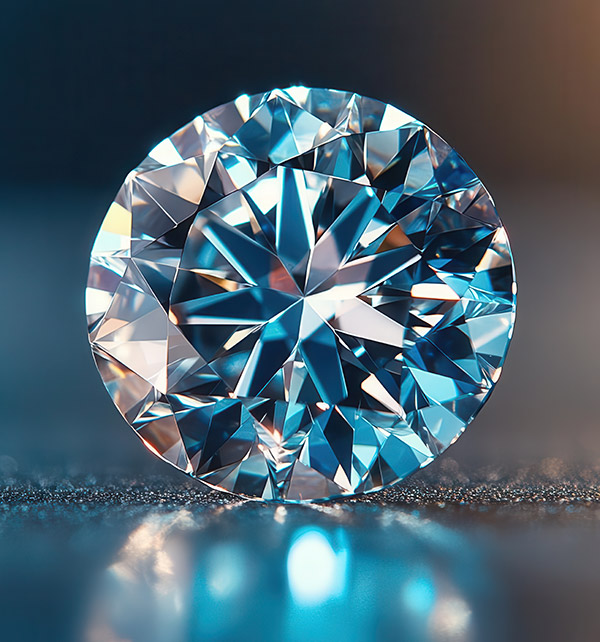
4C
Diamonds have fascinated humanity for centuries with their brilliance and beauty. They are objects of desire, symbols of eternity, and unique masterpieces of nature. At the same time, they are the most studied and documented gemstones in the world. Their value is assessed using the internationally recognized 4C classification system (Carat, Cut, Color, Clarity), developed by GIA in the 1940s.
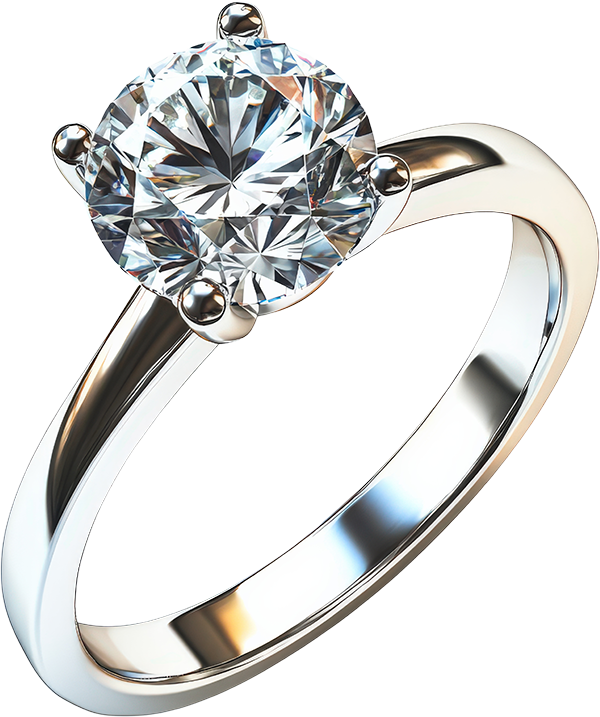
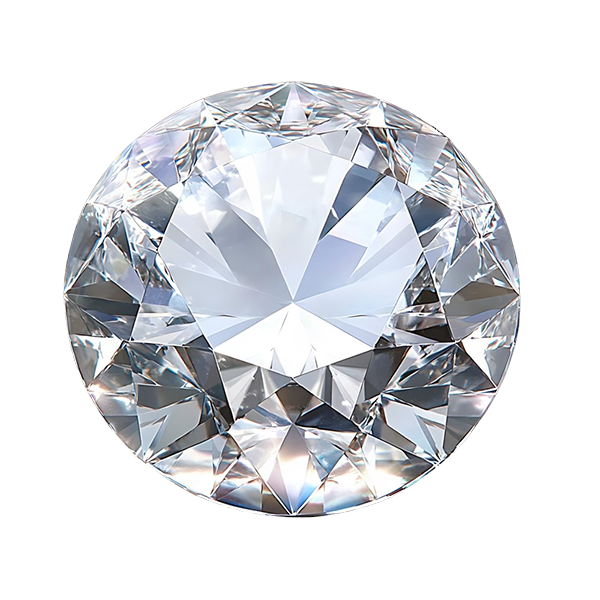
Carat
A diamond’s weight is measured in carats (ct), with 1 carat equaling 0.2 grams. Carat weight significantly impacts a diamond’s value, though it does not determine its size—two diamonds of the same carat weight can differ in dimensions. The larger the diamond, the rarer and more desirable it becomes. However, bigger is not always better, as cut, color, and clarity influence how the diamond looks and reflects light.

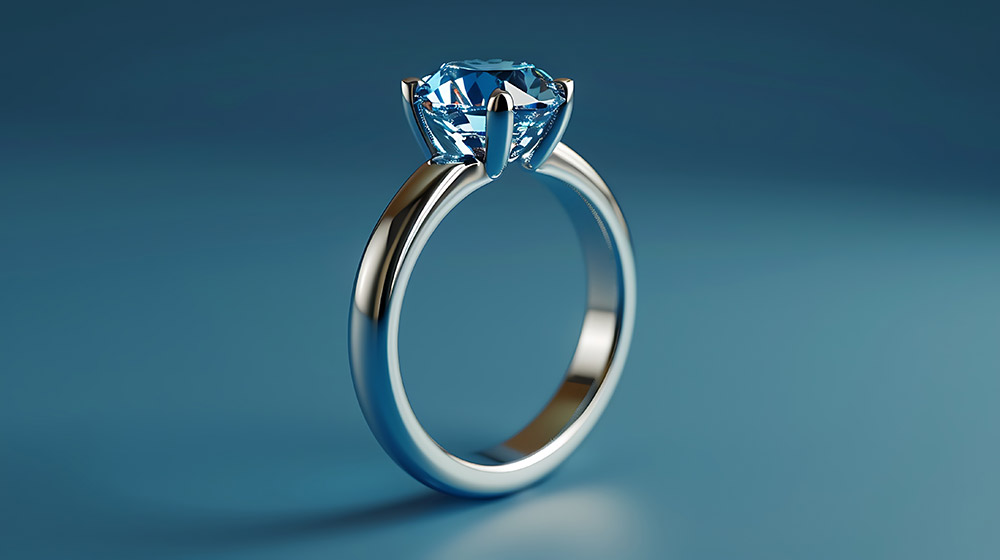
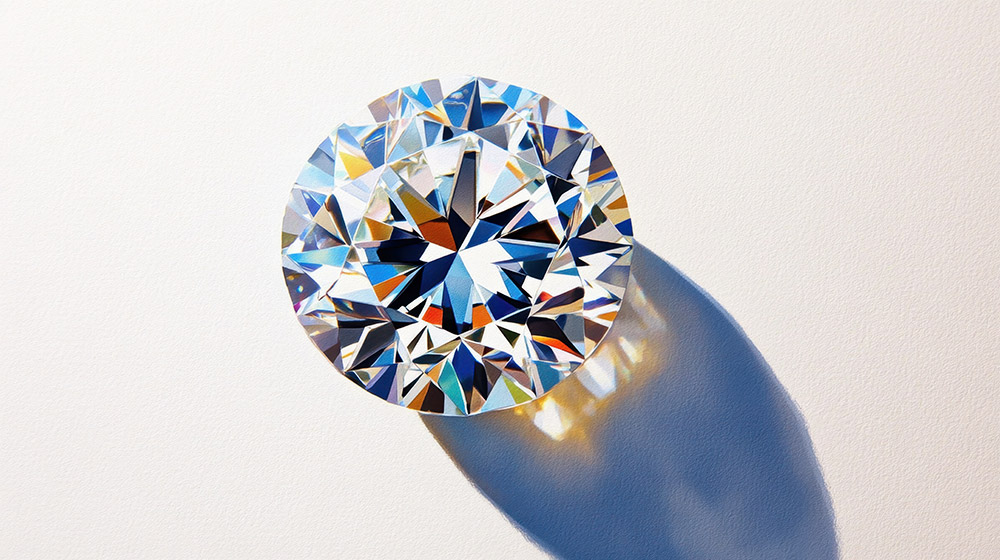
Cut
Often referred to as the king of the 4Cs, cut is the most crucial criterion in diamond evaluation and the only factor entirely determined by human craftsmanship rather than nature. More than any other aspect, the cut determines the diamond’s beauty. It is assessed based on symmetry, proportions, and polish, which affect how the diamond’s facets reflect light and create sparkle. A perfect cut enhances the diamond’s brilliance, making it truly exceptional.
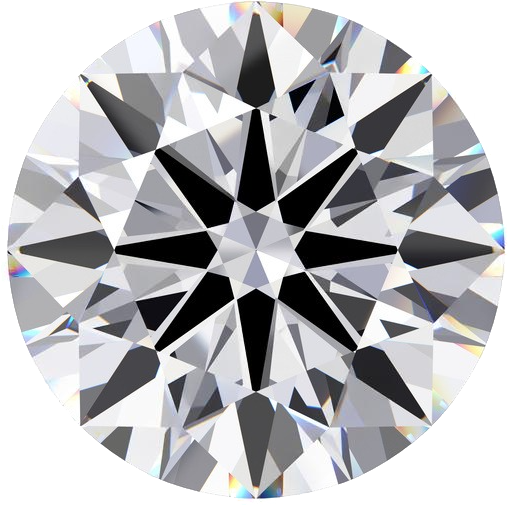
Cut Grades:
- Excellent – maximum brilliance and perfect proportions
- Very Good – excellent light reflection with minor deviations
- Good – good light reflection, though slightly less intense
- Fair & Poor – weak proportions affecting brilliance


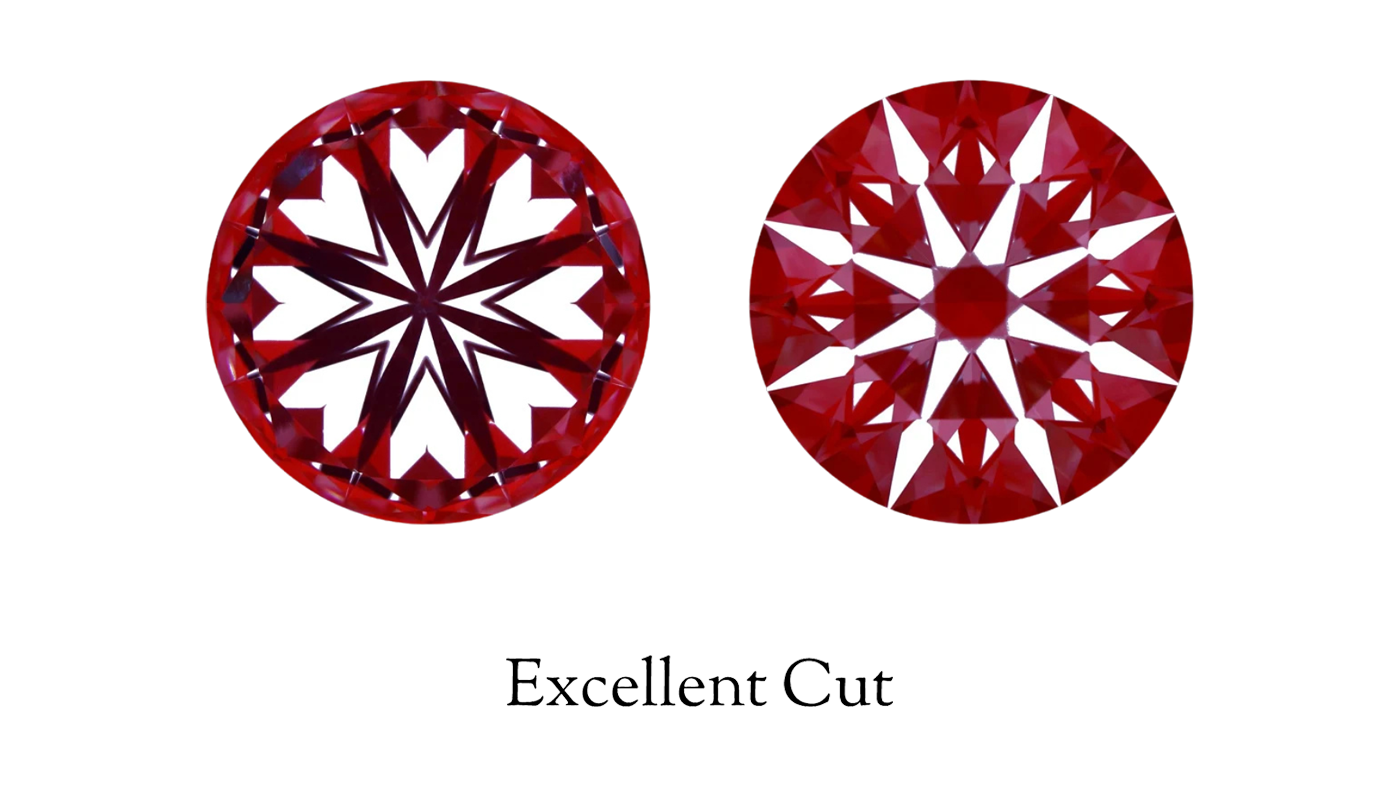
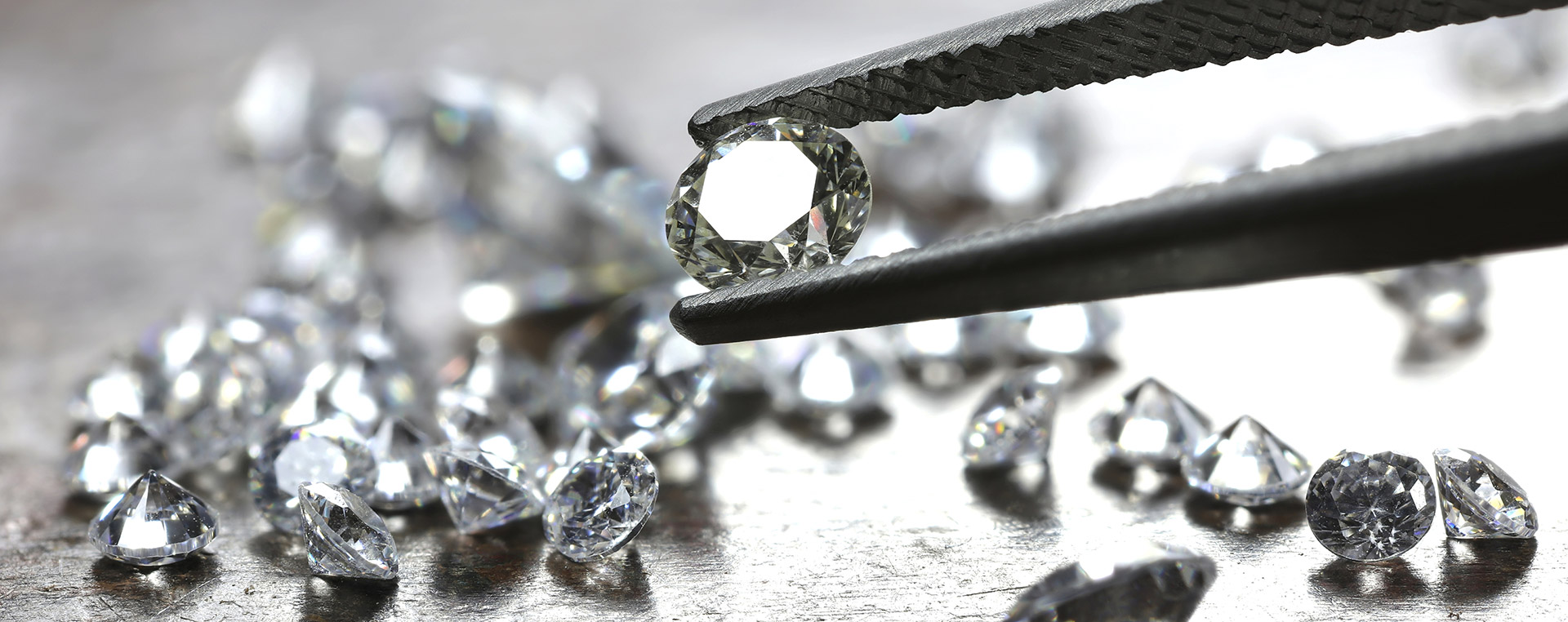
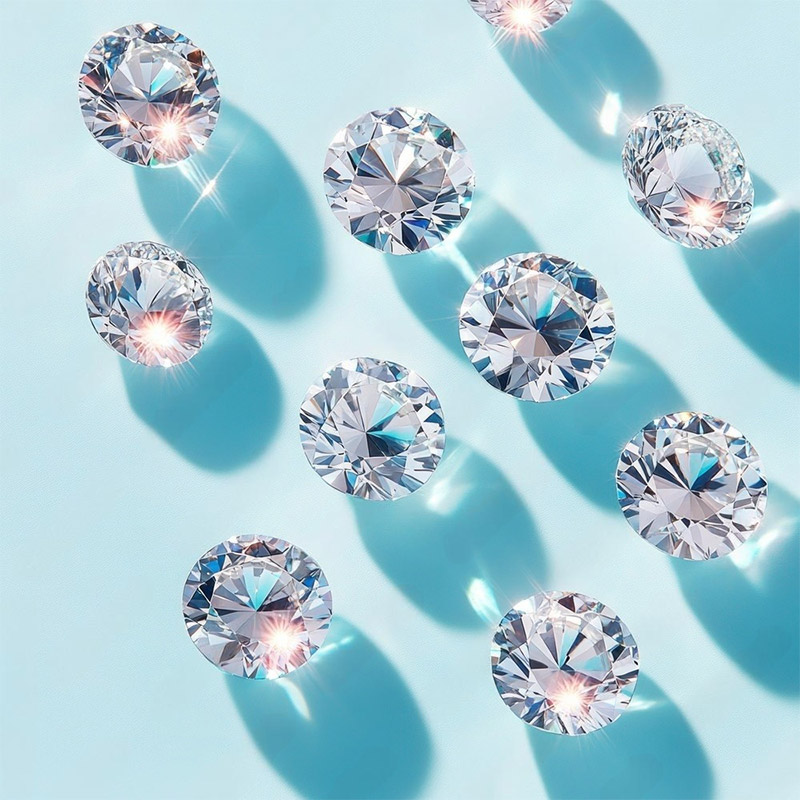
Color
Color refers to the degree of yellow tint in a diamond. In nature, most white diamonds exhibit a faint yellow hue. Color is graded on a scale from D (colorless) to Z (light yellow) and is considered the second most important of the 4Cs. The ideal diamonds are colorless, allowing light to pass through without interference, enhancing their brilliance. The closer a diamond is to being colorless, the rarer and more valuable it is.

Clarity
Clarity evaluates the number, visibility, and position of inclusions — internal imperfections that occur during the formation of a natural diamond — and surface imperfections that can be caused by external factors such as wear or polishing. Inclusions impact the diamond’s brilliance, as they impair the reflection and refraction of light. The fewer inclusions, the more sparkling the diamond.
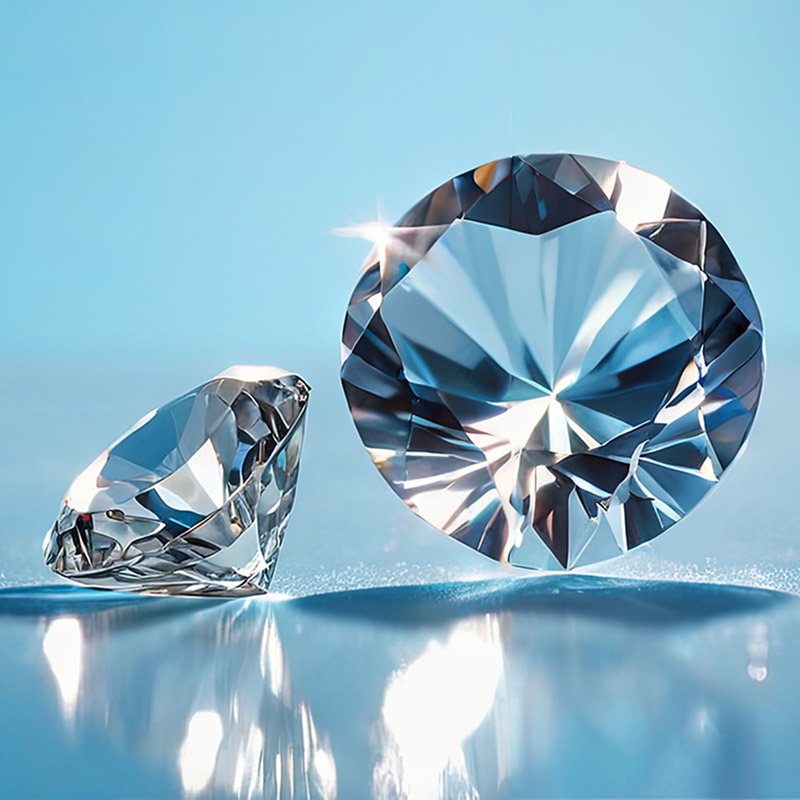
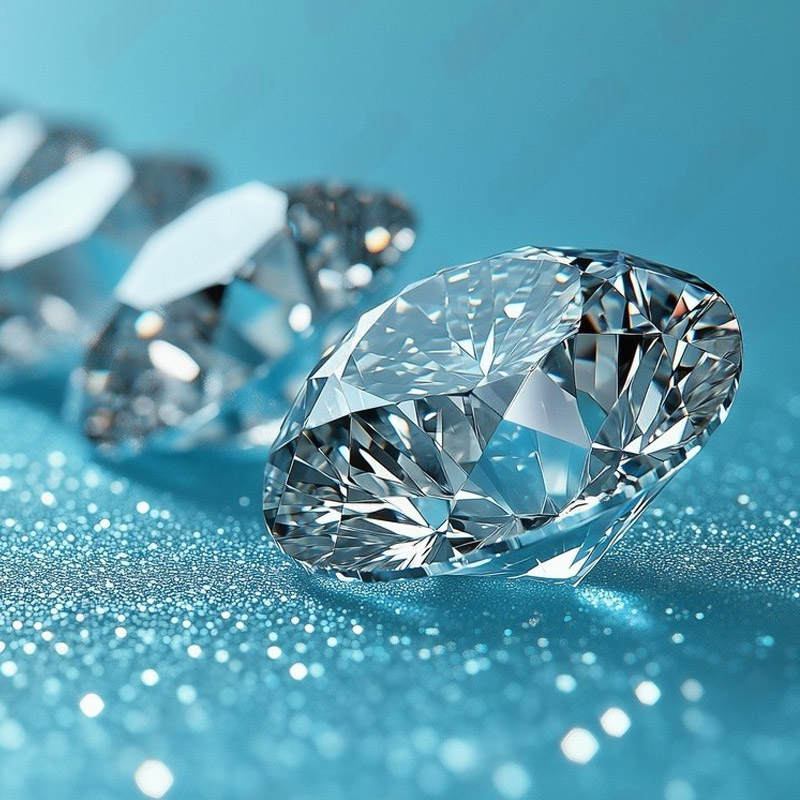
Clarity Scale:
- FL (Flawless) – no internal or external inclusions under 10x magnification
- IF (Internally Flawless) – no internal imperfections under 10x magnification
- VVS (Very Very Slightly Included) – tiny inclusions, difficult to see even under 10x magnification
- VS (Very Slightly Included) – small inclusions visible under magnification
- SI (Slightly Included) – inclusions visible under magnification and sometimes to the naked eye
- I (Included) – inclusions visible to the naked eye

Choose Your Diamond
Understanding the 4C principles allows you to make an informed choice and select a diamond that best meets your expectations while staying within your budget. If you need assistance in purchasing a diamond, contact me. I will be delighted to help you choose a stone that exceeds your expectations in a private and comfortable setting. Trust my expertise.